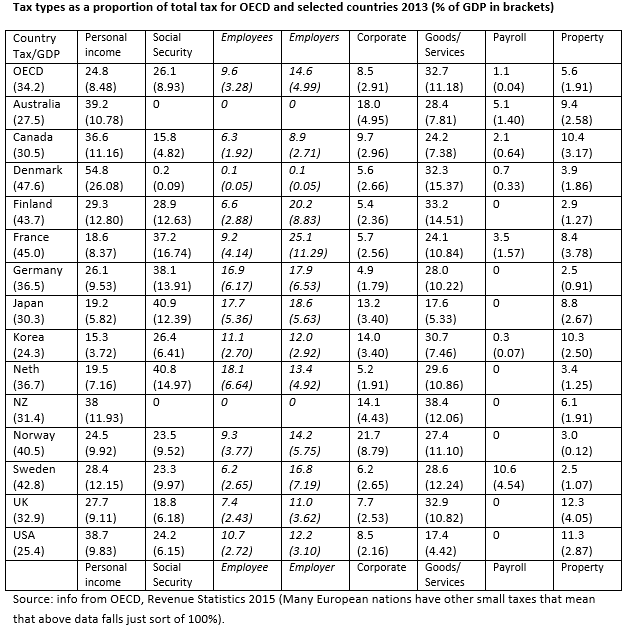Australia is also going to have to improve productivity levels (both in terms of wages and output), despite the US Department of Commerce noting the disadvantages faced by low cost producers given that the cost of employee turnover represents around 12 percent of pre-tax income for the average Indian IT company.
According to the 2014 McKinsey Australia report, only Australia's agricultural sector is globally competitive. Of basic and advanced manufacturing, the report notes that Australia has a lack of high process sophistication and productivity levels that can offset high input costs. Of Australia's service sector, the report cited greater pressure from technology, as already seen in the print media, finance, retail, telecommunications and education. With Australians already exposed to call centres in low cost countries handling basic transactions such as billing enquires, it was suggested that other services such as paralegal work, book-keeping and accounting may increasingly be performed offshore.
With less government intervention the new norm with regard to Australian industry, albeit it remains to be seen to what extent national governments allow the demise of all given a recent suggestion that China's excess steel production could still be 300 million tonnes by 2020 (Greg Canavan, The Daily Reckoning, 11 April 2016), it makes sense that Australia adopts appropriate reform to ensure a dynamic and efficient economy.
Advertisement
At the government level, public costs should be removed where possible. For example, as I argued in the IPA Review (April 2016), why do taxpayers need to fund public broadcasting (over $1 billion per year) in an era where consumers have so many quality media news and entertainment choices?
At the social policy level, greater means-testing should accompany all welfare measures where possible, including education and health services. In other words, any public assistance should decline the more an individual or family earns.
While it may be understandable that both Labor and Coalition governments expanded public social expenditure from 11.6 per cent of GDP in 1983 to 16.3 per cent by 2007 in an era of considerable economic reform, Australia should temper its further rise (19 per cent of GDP spent in 2013 and 2014). This should include the family home being part of the aged pension assets test.
While the following table indicates the diversity of taxation options, and the reality that Australia's taxation of large corporations is not that high by OECD standards when all taxes are taken into account rather than corporate taxation alone, including payroll and employer social security contributions, it is worth noting that Denmark places much less importance on such taxation.

This leads to my final points to counter the arguments of those drawing inspiration from the Nordic countries.
Advertisement
As The Economist suggested in 2013, the main lesson "to learn from the Nordics is not ideological but practical" as the state "is popular not because it is big but because it works". Thus, such countries overcome "tired orthodoxies of the left and right" as they "forage for good ideas across the political spectrum".
While reducing government outlays considerably since the early 1990s, albeit they still employ 30 per cent of the workforce in the public sector (OECD average 15 per cent), the Nordic countries offer many examples of competitive capitalism working with a large state to promote quality, transparency and efficiency. For example, Denmark and Norway allow private firms to run public hospitals; Sweden has a universal system of school vouchers, with private for-profit schools competing with public schools; Denmark also has vouchers which can be topped up; Nordic nations measure the performance of all schools and hospitals; Sweden gives everyone access to official records; Sweden's support for free trade allowed Saab to go bankrupt with Volvo sold to China's Geely; Norway's has a very large sovereign-wealth fund serving as a safety net in difficult economic times; and Denmark has a system of "flexicurity" that "makes it easier for employers to sack people but provides support and training for the unemployed".
As The Economist notes, the Nordic model is proof that "you can inject market mechanisms into the welfare state to sharpen its performance" and ensure that entitlement programmes" are put "on sound foundations to avoid beggaring future generations".
Discuss in our Forums
See what other readers are saying about this article!
Click here to read & post comments.
5 posts so far.